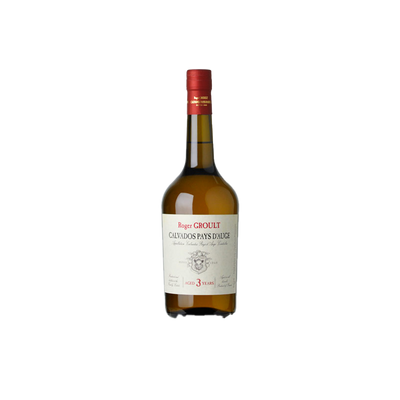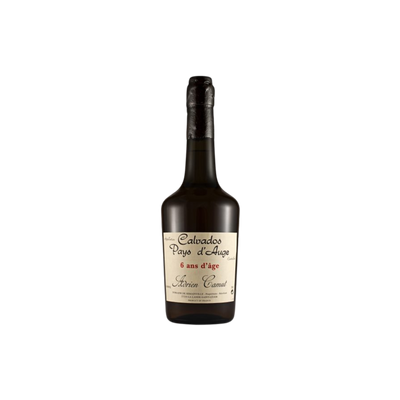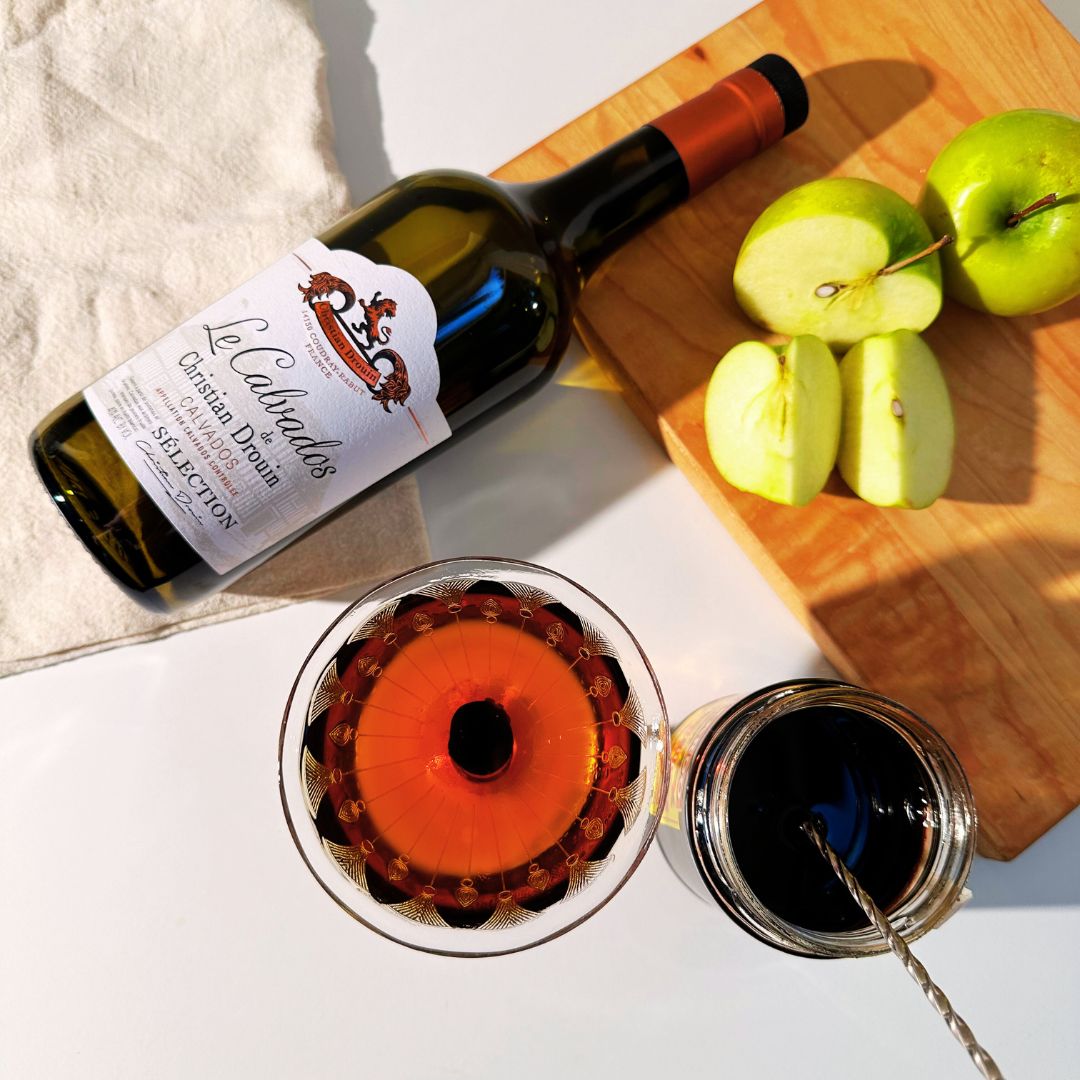Calvados
What is Calvados?
Calvados is a distinguished French Apple Brandy that comes exclusively from the Normandy region of France, where centuries-old orchards produce the perfect apples for distillation. What defines Calvados is its strict adherence to French appellation laws—it must be made from specific apple varieties (and sometimes pears) grown in designated areas of Normandy, distilled in traditional copper pot stills or column stills, and aged in oak barrels for a minimum of two years. This geographic protection and traditional production method gives Calvados its distinctive character, setting it apart from other apple brandies around the world with its complex flavors that range from fresh orchard fruit in younger expressions to rich, spiced, and woody notes in well-aged bottles.
Learn More About Calvados
What makes Calvados unique?
Calvados stands apart from other apple brandies through its strict geographical protection and traditional production methods rooted in Normandy's centuries-old distilling heritage. Unlike American apple brandies that can be made anywhere with various apple varieties, Calvados must be produced in designated regions of Normandy using specific local apple varieties, many of which are bitter and tannic cider apples that don't appear in other brandy-making regions. The spirit also requires aging in oak barrels with minimum maturation periods that vary by appellation, and many producers use traditional column stills or alembic pot stills that have been passed down through generations, creating flavor profiles that reflect both terroir and time-honored craftsmanship.
How is Calvados made?
Calvados starts with apples (and sometimes pears) that are pressed into juice, fermented into a low-alcohol cider, then distilled in copper pot stills or column stills depending on the specific appellation. The clear spirit that emerges gets aged in oak barrels for a minimum of two years, where it picks up color, complexity, and those signature woody notes that make each producer's style unique. The final product gets blended and sometimes diluted to bottling strength, creating France's most famous apple brandy.
How do you drink Calvados?
Calvados shines brightest when sipped neat at room temperature, allowing its complex apple and oak flavors to unfold naturally on your palate. While purists prefer it straight, this French apple brandy also works beautifully in classic cocktails like the Jack Rose, Corpse Reviver, and Apple Brandy Sour, where its fruity character adds depth without getting lost. The spirit feels most at home during autumn and winter months, making it perfect for fireside contemplation or as a digestif after hearty seasonal meals featuring pork, cheese, or apple-based desserts.
How do I choose good Calvados?
Start by considering age and origin—younger Calvados (2-4 years) brings bright apple intensity perfect for cocktails, while older expressions (8+ years) develop complex oak and spice notes better suited for sipping neat. If you're mixing drinks, look for Calvados from the Pays d'Auge region, which offers the most concentrated apple flavor and holds up beautifully against other cocktail ingredients. For classic cocktails like the Jack Rose or Calvados Sidecar, a mid-range VSOP strikes the perfect balance between character and mixability without breaking the bank on your premium bottles.
Nutritional Information
Typical Calorie Range per Ounce: 64-69 calories
Typical Carbohydrate Range per Ounce: 0-0.1 grams
Typical Sugar Range per Ounce: 0-0.1 grams
Typically Gluten Free: Yes
While Calvados is made from apples and pears (naturally gluten-free ingredients) and the distillation process typically removes gluten proteins, we recommend checking detailed product information with individual producers to confirm gluten-free status, especially if you have celiac disease or severe gluten sensitivity.
Scrolled this far? Your reward? Calvados Trivia!
- The famous D-Day landings were code-named after Calvados regions – Operation Overlord's beaches included Omaha and Utah, but the British also named their sector after the Norman apple brandy itself. Allied soldiers discovered local Calvados cellars during liberation, leading to some unexpectedly boozy victory celebrations that military historians rarely mention in textbooks.
- Calvados producers legally burn their barrel staves with flamethrowers before aging the spirit. This ancient technique called "bousinage" creates specific char patterns that French law actually regulates – too much char and your Calvados gets declassified. Master distillers can tell the difference between properly flamed oak and shortcuts just by smell.
- The oldest bottle of Calvados ever discovered was found inside the walls of a Norman monastery during renovations in 1963, dating back to 1865. When finally opened and tasted by experts, it had developed flavors so complex that modern distillers still study the tasting notes, trying to reverse-engineer what 100+ years in perfect storage conditions can create.
- Calvados makers traditionally keep "angel's share" calculations in handwritten ledgers using a measurement system that predates the metric system. Some family distilleries still use medieval Norman units like "pots" and "veltes" for tracking evaporation rates, creating paperwork that looks like ancient alchemy texts but contains precise scientific data about alcohol aging.
- Professional Calvados tasters can identify which specific apple varieties were used in a blend by detecting microscopic differences in tannin structure – but only during a full moon. This isn't mysticism; lunar cycles affect atmospheric pressure just enough to alter how volatile compounds reach your nose, making identification significantly easier for trained palates during specific lunar phases.
Higher-proof spirits can be intense. Mix carefully, taste thoughtfully, and enjoy responsibly.
Gift message (optional)




